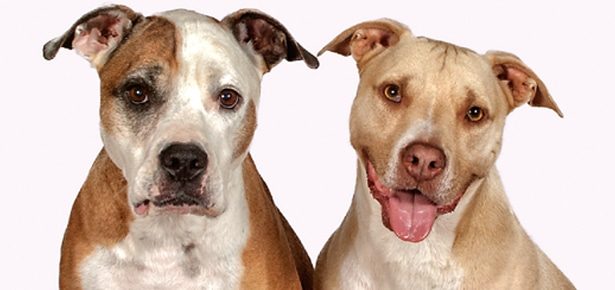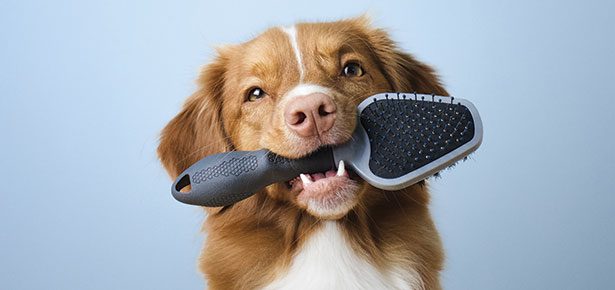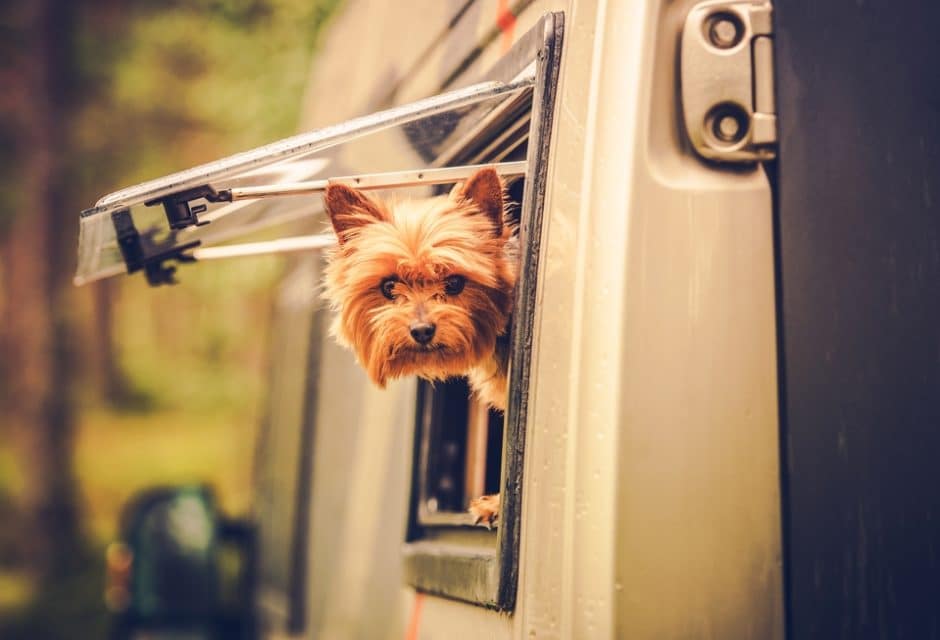

How To Know When A Gastric Upset Warrants A Trip To The Vet
It's an icky topic, but not one to be ignored
My dog Kaya had an uncanny knack for getting into stuff she shouldn’t, scarfing down totally gross things before I could stop her. Miraculously, she barely had a sick day in her life—flatulence, yes, a room-clearing result of her gastric indiscretion, but her actual tummy upsets were few and far between.
There were a couple times, however, when I panicked, like the time I discovered red drops of blood on the hardwood floor and frantically began looking for their source. When I realized Kaya was bleeding from her bum and leaving blood on the floor wherever she sat down, I totally freaked out. I imagined the worse—cancer—and rushed her to our vet. Thankfully, it wasn’t the big C and the vet was nonplussed. The bleeding, though frightful seeming, wasn’t that big a deal. It was caused by something that Kaya had managed to eat at the off-leash dog park (I still remember her coming out of the bushes that day licking her lips). Whatever she ate had inflamed her colon, causing hemorrhaging. A simple course of antibiotics and a bland diet for a few days cleared everything up and she was back to her old self (and bad habits) again. No harm, but definitely foul.
Gastric upsets are unpleasant and upsetting for everyone involved, so how do you know if they indicate a serious problem that needs immediate veterinary intervention? And when can you manage at home? We had Dr. Jeff Werber, DVM, a general practitioner who fields phone calls from anxious clients on a very regular basis share some guidelines to help ease your mind where GI upsets are concerned. From experience, he says that 80-85 percent of “emergencies” aren’t. Here’s what he has to say about the subject:
Vomiting/Diarrhea
A very large proportion of calls are for gastrointestinal problems. If your dog starts to vomit, but is still acting totally normal, and WANTS to eat or drink, I’m usually less concerned. As a matter of fact, though these dogs want to eat or drink, it is best not to let them. Often, once the stomach has gone through the rigors and smooth muscular contractions associated with vomiting, not to mention experiencing the potential irritation to the stomach wall itself, it is primed for more vomiting. So anything that goes into that stomach, even something as benign as water, will stretch that stomach wall and can easily induce more vomiting. Simply said, vomiting breeds vomiting. What we recommend is to keep these dogs without food for at least 12 hours, and instead of allowing them access to a bit of water—place a few ice cubes or ice chips in his or her water bowl in order to minimize the amount of water that can be ingested at one time. This will prevent the stomach from stretching. Now, if the vomiting continues despite all of this, or your dog seems to be becoming more depressed or listless, begins to dry-heave frequently, or you note his or her abdomen beginning to expand and tighten up, then it is definitely time to call your veterinarian or a local emergency hospital.
As far as diarrhea is concerned, we typically see two types—small intestinal and large intestinal. Small intestinal diarrhea is typically characterized by very loose or watery stool. These dogs are often more depressed or lethargic and seem “sick.” In contrast, large intestinal diarrhea is often more soft or “mushy,” more like “cow patties,” and can even appear to be encased in mucus or even dark or red, blood. Dogs with large intestinal diarrhea are more often than not still happy and animated. Though this stool with blood may look scary, it’s usually not something to panic about.
If dogs with the very watery, small intestinal diarrhea are still acting okay and will eat, we recommend feeding them a very bland diet, say boiled white meat chicken or low-fat cottage cheese mixed with white rice, mashed potatoes or pasta. This is fairly easy to digest and will act to help bind them. Dogs with the large intestinal soft/mushy stool will usually still want to eat, but should be fed bland food high in fiber. The bland chicken or cottage cheese is still appropriate, but for the carbohydrates you want to feed high fiber, like cooked oatmeal, bran or bran flakes (no Raisin Bran, of course), or canned pumpkin. You can even add some psyllium powder.
Again, if the symptoms persist past a few days, actually worsen, or if your dog’s general attitude, energy, or appetite diminish, it’s time to see your veterinarian.
Dr. Jeff Werber, known to the world and his patients as “Doc Hollywood,” is frequently seen on America’s top news and talk shows and is a regular contributor to PetHealthNetwork.com. Dr. Jeff has practiced veterinary medicine for more than 30 years and is one of a select few actively practicing veterinary medical journalists in the U.S.
Join the newsletter and never miss out on dog content again!
"*" indicates required fields
By clicking the arrow, you agree to our web Terms of Use and Privacy & Cookie Policy. Easy unsubscribe links are provided in every email.





